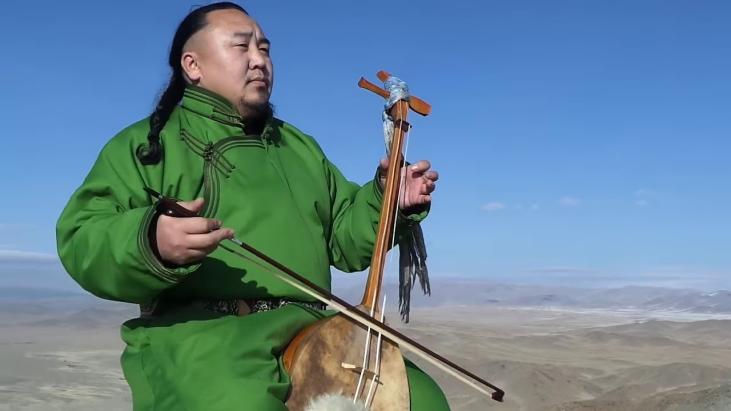Khumiy throat singing

Khumiy throat singing is a distinctive art form exclusive to select nationalities, including Mongols, Buryats, Kalmyks, Tuvans, Altaians, and Bashkirs.
Aigul Kanatbekovna
Unique Style of Vocalization
This unique style of vocalization is rooted in the mountain cultures of regions like Mongolia, Altai, and Tuva, where nomads traversing the rugged landscapes found inspiration in the beauty of the mountains. They sought to mimic the natural sounds and voices of the wildlife that surrounded them, creating a harmonious connection with the pure sounds of the mountain environment.
Throat singing serves as a conduit for the emotional landscape of mountain dwellers, reflecting their memories of the past, contemplations of the present, and aspirations for the future. Through the universal language of music, throat singing communicates the philosophical outlook on life held by mountain communities. This perspective is interwoven with their spiritual values, religious beliefs, legendary tales, national epics, and oral narratives about heroes and ancient times, making it accessible and relatable to people from diverse backgrounds.
The unique experience of "singing without words" is challenging to put into words itself. Khoomii throat singing is characterized by a wide range of melodic wheezes. Singers inhale deeply, filling their lungs to capacity, and then produce mesmerizing rumbling and resonating sounds from their inner depths. The duration of these sounds depends entirely on the singer's mastery of diaphragmatic control. These haunting sounds are occasionally accompanied by the ethereal tones of a two-stringed instrument called the morin khuur. The singer concludes their performance abruptly, often catching the audience by surprise, with no fixed tonal or rhythmic closure.
The Acoustics of Throat Singing
The acoustics of throat singing are distinctly associated with a deep, low, and resonant hum featuring extremely low frequencies. This artistic form draws from the Mongols' aesthetic appreciation for traditional onomatopoeia, particularly those associated with hunting and shamanic practices, which have played a significant role in shaping the engaging and entertaining aspects of vocal and instrumental imitations. These imitations capture the voices of livestock, mimic forest creatures, and replicate the sounds of the natural world, all devoid of any utilitarian or mystical purpose.
Throat singing, as an integral part of Mongolian musical traditions, has been intertwined with their cultural and ritual celebrations for centuries. It is prominently featured in the heroic legends and folklore of the Mongolian people, faithfully preserved and passed down through the generations. Skilled practitioners of khumiy throat singing, much like storytellers, have served as custodians of the rich treasury of folk music and poetry, earning deep respect across all segments of society.

